Your cart is currently empty!
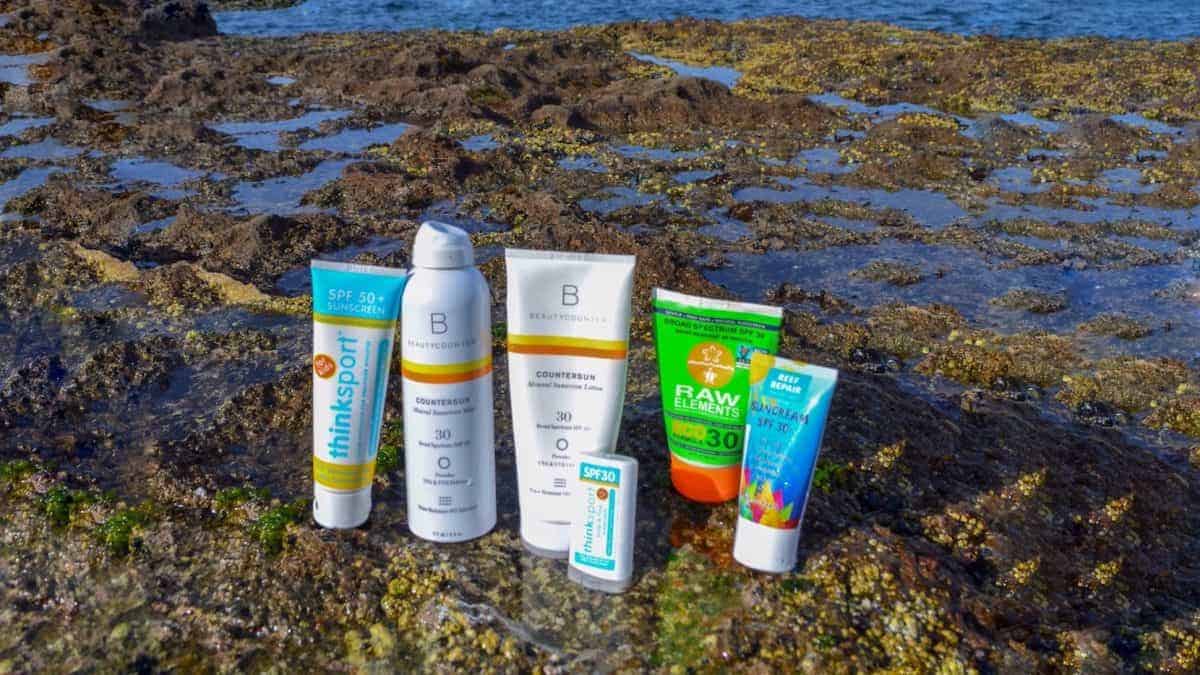
The Best Reef Safe Sunscreens for Kids
Summer is here and so is the sun! That means it’s more important than ever to make sure your kids are protected from the elements. Sunscreen is one way that you can keep your kids’ skin protected from the sun. However, we want to make sure that the products we’re using are not only safe for your kids, but safe for the planet. Climate change, pollution, and other environmental factors are slowly eroding the health of coral reefs around the world, which in turn can affect the health of the oceans. Today, Desirée Macke is here with ways you can keep your kids’ skin safe from the sun without putting the environment at risk. She’s also sharing 6 of the best reef safe sunscreens for kids and other ways that you can help keep our oceans safe from damaging chemicals.
{post contains affiliate links}
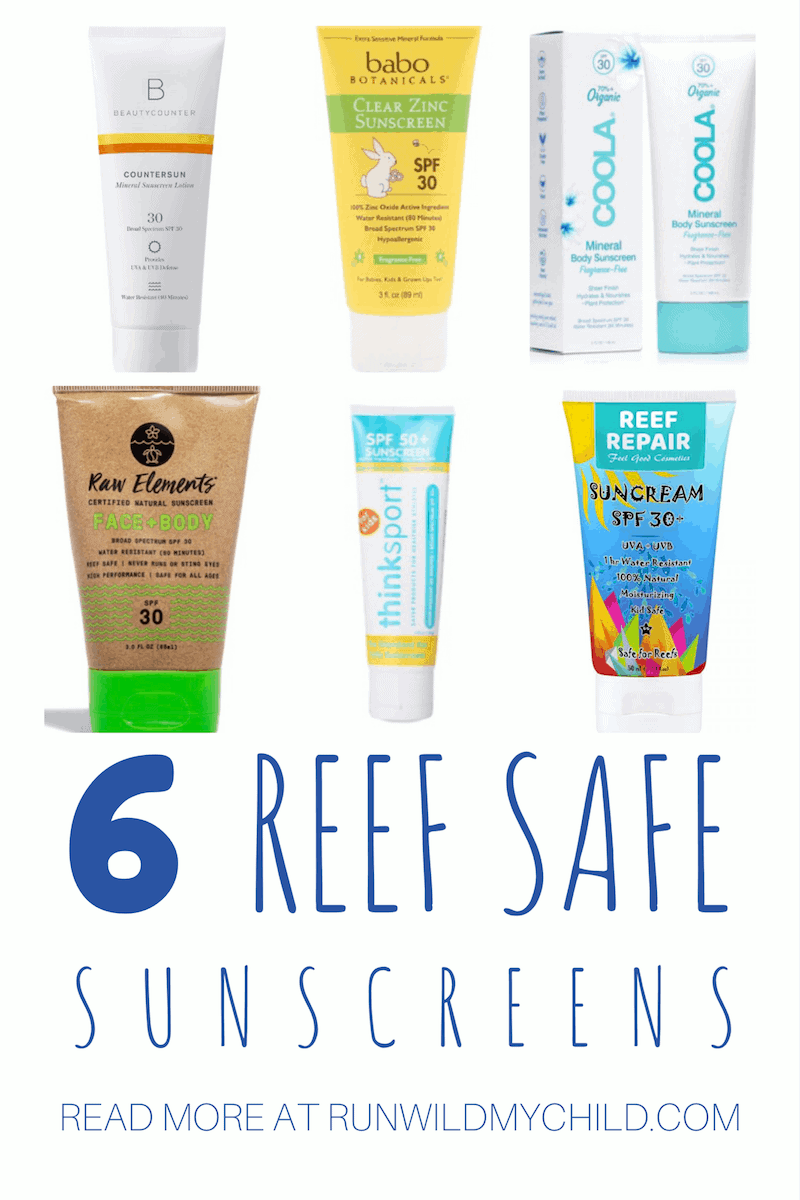
Not all sunscreens are the same
The hot sunny days of summer are finally here! That means your kids will (hopefully) be outside doing fun outdoor activities and spending endless hours in rivers, lakes, pools, or oceans. It’s super important this time of year to keep your kids sun-safe. Sunscreen becomes necessary and unavoidable – you need good stuff and lots of it. If you’re anything like me, you hit up your local market and grab the sunscreen that’s on sale. In the past, I’ve often reached for any big name brand – the cheaper, the better. I lather the kids up and send them on their merry way.
However, sunscreen has come a long way over the last few years and those changes have made me reconsider the way I choose sunscreens for my family. Not all sunscreens are created equal and there are some very important reasons why you should be considering more than just size and price when choosing a sunscreen for your kids.

Why choose a reef safe sunscreen?
It is estimated that 14,000 tons of sunscreen are deposited into our oceans each year. Much of that sunscreen contains oxybenzone and octinoxate. Studies have found those chemicals hurts coral, and contribute to coral bleaching. When coral bleaches, it is not dead, but under significant stress and subject to increased mortality levels. This, in turn, affects sea life and the overall health of our oceans. In addition, sunscreens containing petrolatum (commonly known as mineral oil) and Titanium Dioxide both takes many years to biodegrade and are known to be harmful or fatal to aquatic life and waterfowl.
Sounds scary for our oceans, right? It is. And it’s important. Hawaii is the first state in the US to ban the sale of sunscreen containing the coral-harming chemicals oxybenzone and octinoxate. Most popular sunscreen brands are known to contain these dangerous chemicals. However, there’s good news! We are starting to see a trend of new, less toxic sunscreen lines which are made without oxybenzone, octinoxate and parabens, which are much better for the environment.
6 reef safe sunscreens for kids
Choosing the right sunscreen is important not only to protect skin from burns and cancer, but also to preserve our oceans and marine life. Selecting a sunscreen that is both effective and reef safe can be overwhelming, but fear not! We’ve compiled a list of the best reef safe sunscreens for kids that will protect your family from the harmful sun rays, and help to keep our oceans safe from damaging chemicals. In this breakdown, we’ll provide price points for each product. We will also show what the Environmental Working Group has rated each product, on a scale of 1 to 10. A rating of 1 is the safest for consumption/application as well as the environment.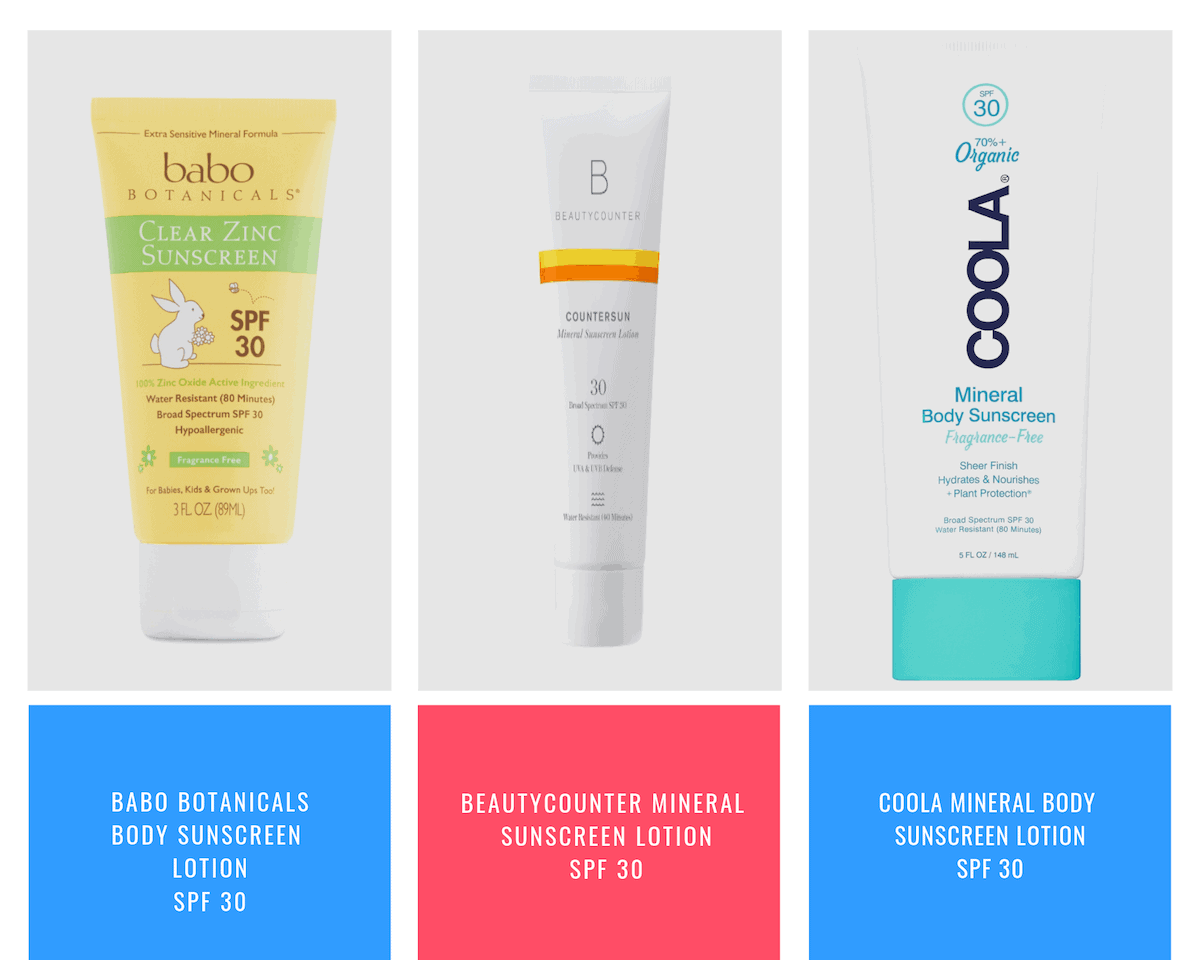
Babo Botanical Clear Zinc Sunscreen
- $12.50 for 3 oz ($4.13/ounce)
- SPF 30
- Be sure to reach for the Clear Zinc, rather than the Sheer Zinc
- EWG rating: 1
Beautycounter Mineral Sunscreen Lotion
- $39 for 6.7 oz ($5.82/ounce)
- SPF 30
- EWG rating: 1
- $36 for 5 oz ($7.20/ounce)
- SPF 30
- Also available in SPF 50 Sensitive for Babies – $36 for 3 oz ($12/ounce)
- EWG rating: 1
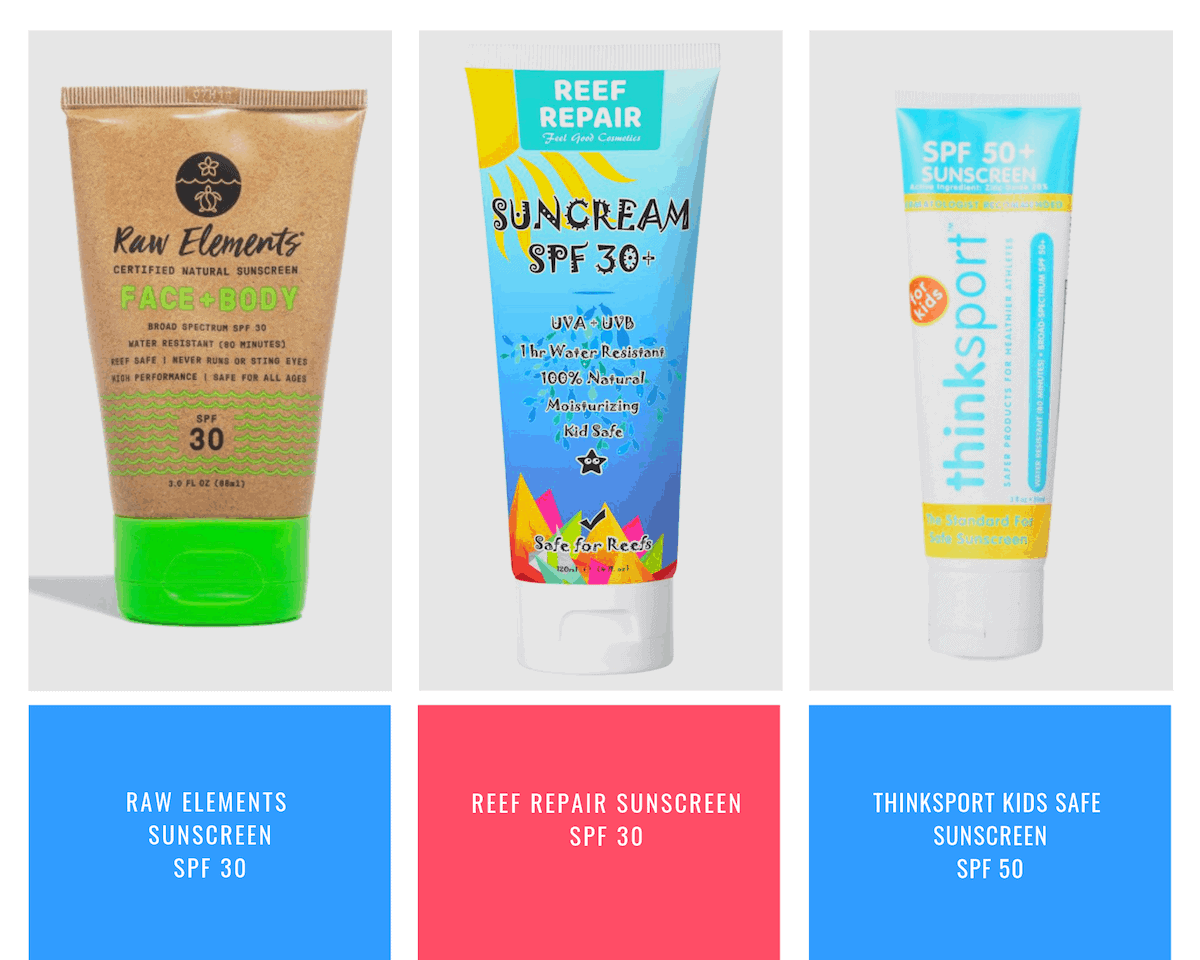
Raw Elements Certified Natural Sunscreen
- $18 for 3 oz ($6.00/ounce)
- SPF 30
- EWG rating: 1
- $15 for 4 oz ($3.75/ounce)
- SPF 30
- EWG rating: not available at the time of this publication
Thinksport Kids Sport Sunscreen
- $22 for 6 oz ($3.66/ounce)
- SPF 50+
- EWG rating: 1
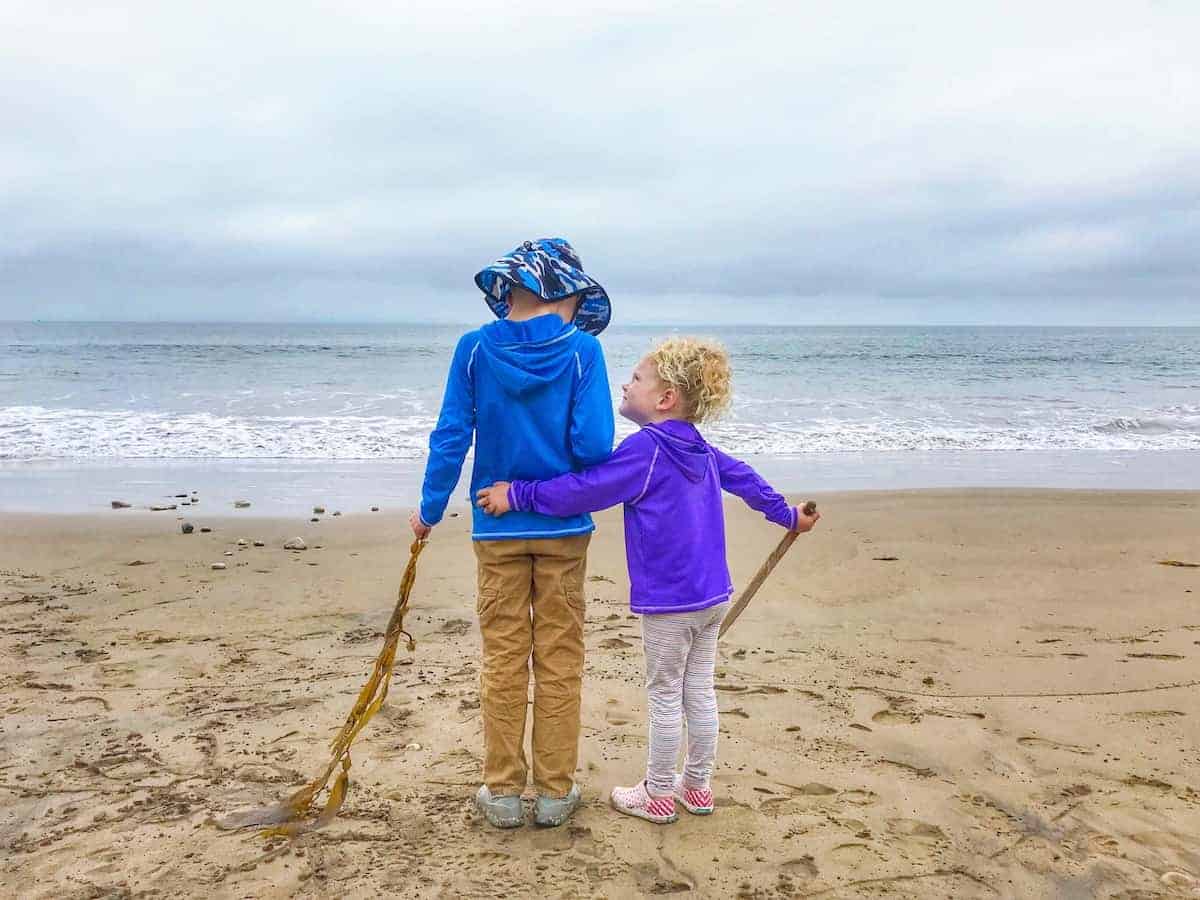
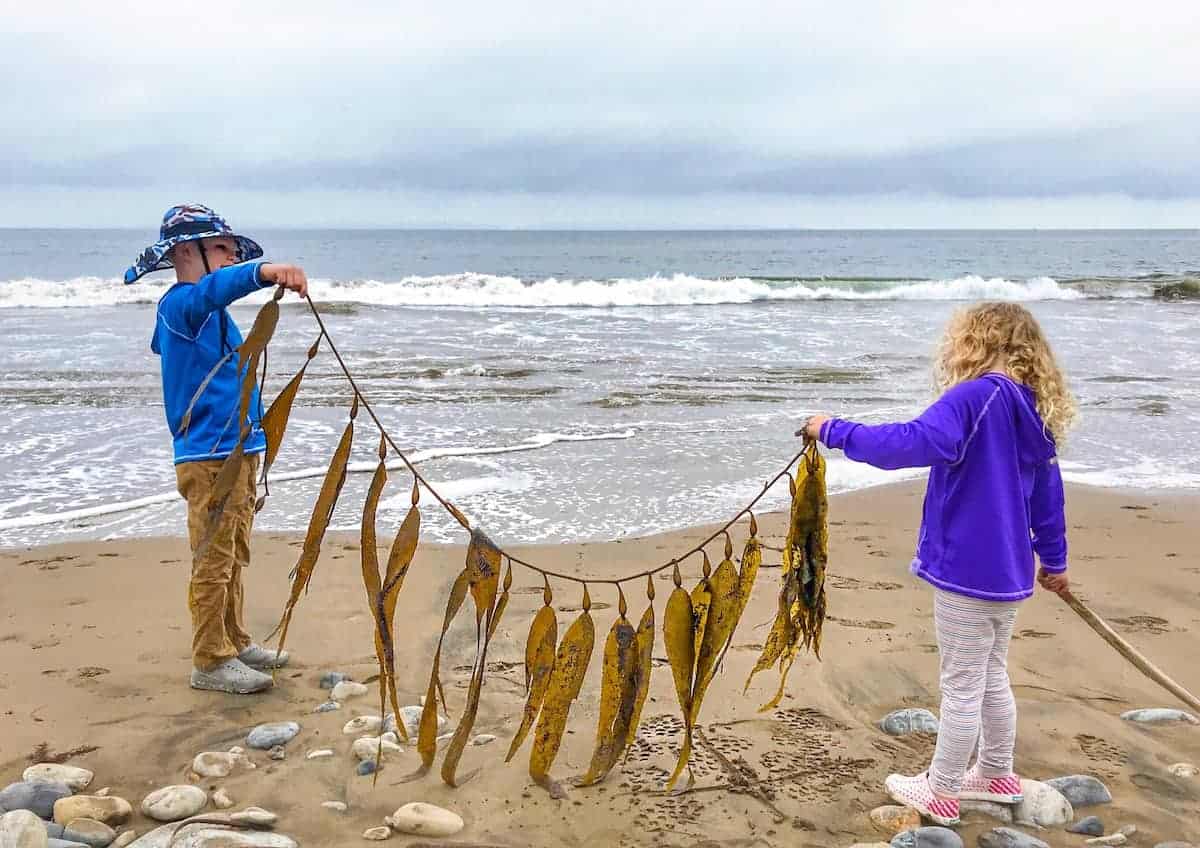
Other ways to keep kids safe in the sun
Even mineral-based sunscreens can negatively impact fish and coral reefs at high concentrations. When thousands of people get into the water at a single beach, the oils from even the safest sunscreen products can induce toxicity. The best thing we can do is limit products when recreating in high use areas and find other safe ways to keep our kids safe from the sun.
If you plan to go into the water at the beach, the best way to protect both your kids and the environment is to cover up with UPF (ultraviolet protection factor) clothing. Not only are the kids covered up and safe from the sun, but it’s also so much easier than asking 163 times for the kids to stand still while sunscreen is being applied. There are lots of options for UVF clothing, but two of our favorite companies are Veyo Kids (which has sun hoodies and Noggins sun hats to keep the sun rays at bay) and SwimZip (which offers swimsuits, rash guards, and cover-ups for the whole family). Even regular non-UPF clothing offers excellent protection. You’ll still have to apply sunscreen to any exposed skin, but you’ll need far less—up to half the amount—than you might if you were in a bathing suit.
Other options for sun protection include giant sun umbrellas and pop-up canopies.
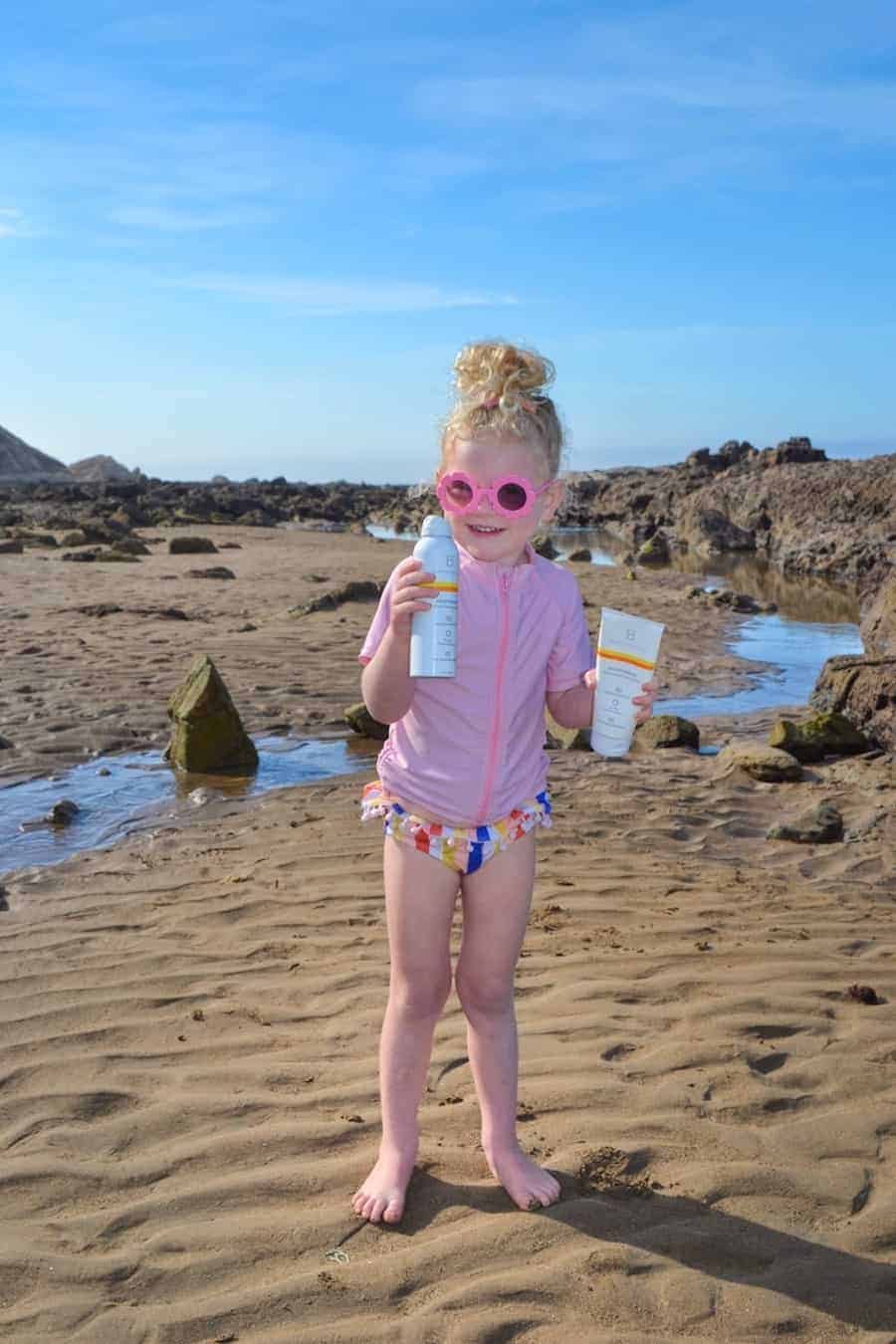
What are you doing to protect your family and the oceans this summer?
Comments
5 responses to “The Best Reef Safe Sunscreens for Kids”
Young Living is a great option as well! 100% reef safe and added protection from UVA and UVB rays!
[…] Check out our full post on the Best Reef-Safe Sunscreens for Kids. […]
[…] going to be adventuring near water or the ocean, please be sure that you’re using a Reef Safe sunscreen! We also really like the Sahara shirts from REI. They are moisture-wicking and lightweight […]
[…] they provide additional protection for your eyes! If you wear sunscreen, please consider using a mineral-based and reef-safe brand. The chemicals used in many regular sunscreens harm coral and possibly other sea […]
[…] sunscreen, protective clothing). You can always remove hats and sunglasses for photos. Consider a non-toxic reef-safe sunscreen if you’re going to be touching plants and/or […]

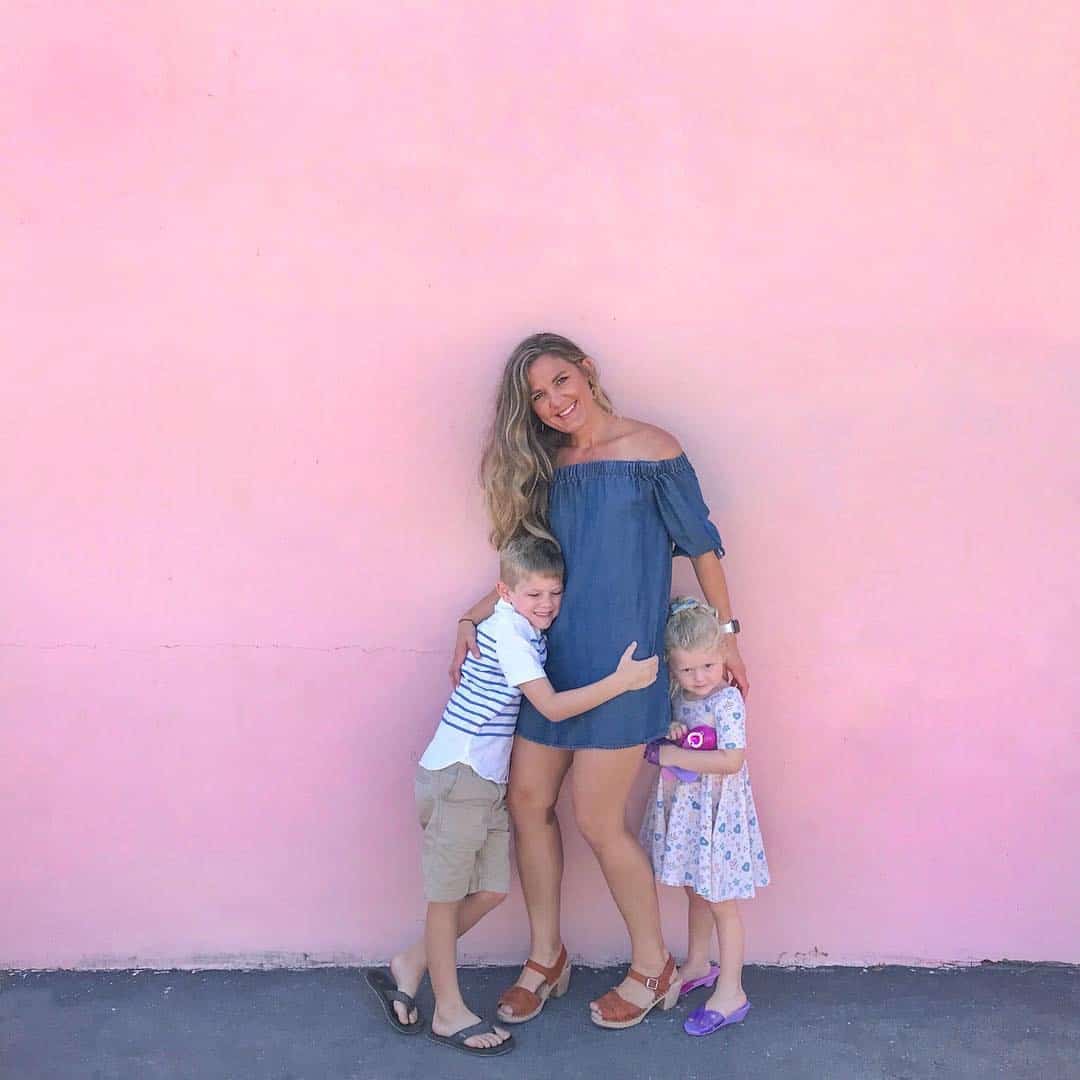
Leave a Reply